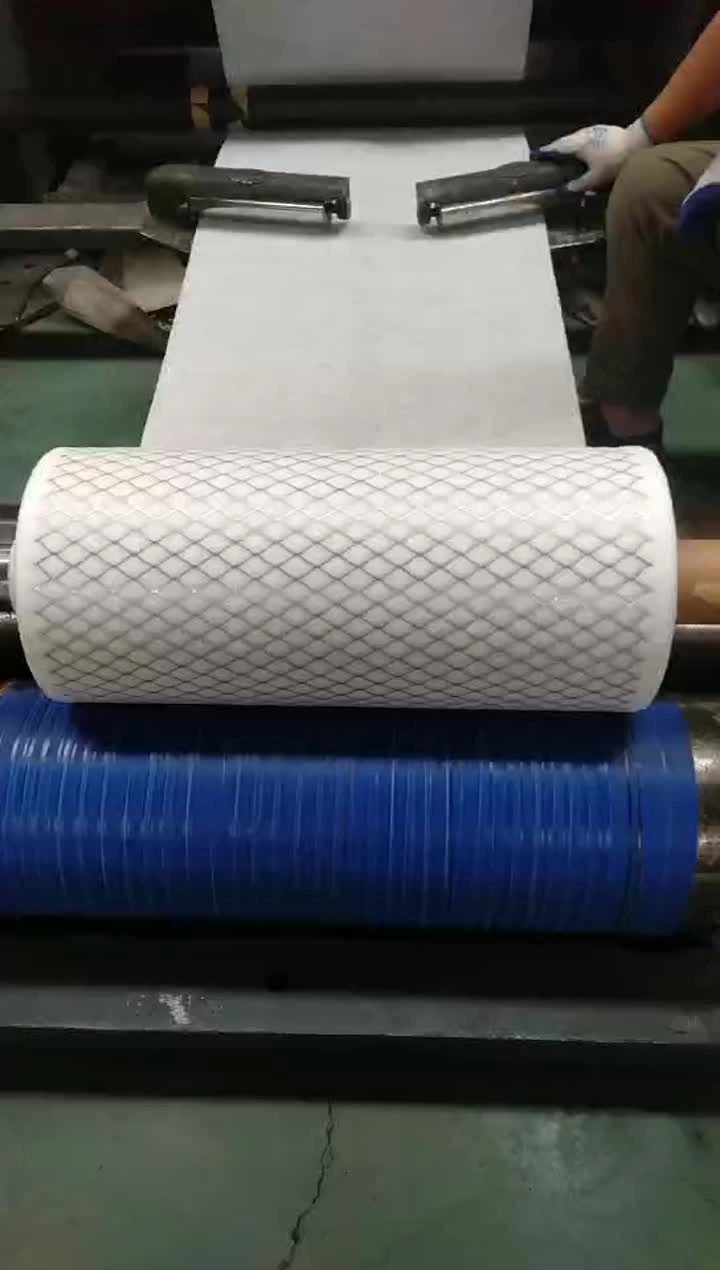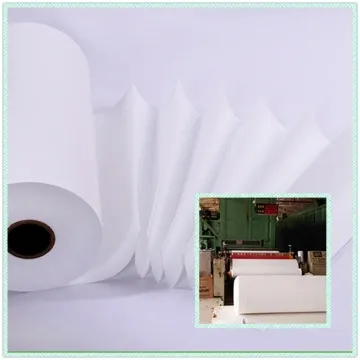- Introduction to the significance of paint overspray filter
s in industrial settings - The science and technology behind advanced filtration (fiber, synthetic, paper media)
- Comparative analysis of popular paint booth filter rolls and extractor filters
- In-depth manufacturer comparison table including key performance indicators
- Custom solutions for unique spray booth requirements: options & flexibility
- Application case studies and quantifiable benefits
- Conclusion emphasizing the centrality of paint overspray filter selection

(paint overspray filter)
The Critical Role of Paint Overspray Filters in Modern Painting Environments
In spray painting environments, paint overspray filters are vital for ensuring air quality, workplace safety, and compliance with stringent environmental standards. Industrial facilities deploying paint booth filter rolls and extractor filters demand not only high filtration rates but also durability and adaptability to varying operational pressures. According to the Environmental Protection Agency, over 150 million square meters of filtration media are consumed annually in North America’s automotive and general industrial spray booths. This scale reflects the indispensable place these filters hold for operators focused on maintaining consistent finish quality and compliance with emission regulations.
Paint overspray is composed of microscopic particulates, resin, and solvent vapor droplets that must be efficiently captured to protect HVAC systems, safeguard personnel, and prevent costly defects on finished products. Consequently, the right choice of filter influences not only direct costs but also productivity and downstream equipment longevity.
Recent industry studies demonstrate that inadequate filtration in paint booths can result in airborne particulate concentrations up to 600% higher than recommended levels, leading to increased rework, failed inspections, and risks to worker health. These realities underscore why knowledgeable selection of paint extractor filters or booth filter rolls is a top priority for facilities operating at scale.
Technical Breakthroughs: Filtration Media and Their Advantages
The evolution of paint booth filtration revolves around three core media types: glass fiber, synthetic (polyester) non-wovens, and layered paper. Each brings unique performance metrics. For example, advanced synthetic paint booth filter rolls can achieve up to 99.98% arrestance of overspray by volume, outperforming older glass fiber pads that averaged around 95-97%. The dense web structure of polyester media resists compaction, extending usable lifespan under high velocity airflows and minimizing pressure drop.
Technological innovations such as multi-layered depth loading, tackifier coatings, and graduated density construction further enhance filter effectiveness. These advances not only boost overspray capture but also slow the rate at which filters approach saturation. With validated test protocols, modern extractor filters reliably achieve airflow retention of >90% initial capacity even after 120 hours of continuous heavy-duty operation.
In contexts where emissions limits are strict, the combination of synthetic roll media with specialized secondary layers (e.g., activated carbon or HEPA) allows ultra-fine particulate and vapor-phase contaminant removal, enabling facilities to meet state-of-the-art regulatory baselines.
Performance Comparison: Paint Booth Filter Rolls vs. Extractor Filters
The choice between a paint booth filter roll and a paint extractor filter frequently hinges on booth design, operating cycle, and maintenance strategies. Roll filters offer extensive coverage and easy change-out for large intake or exhaust plenums, while extractor filters—typically pleated or pocket types—excel in high-efficiency final filtration.
Extensively benchmarked field tests reveal that synthetic booth filter rolls deliver up to 40% longer service intervals than single-density glass fiber equivalents, especially under intermittent heavy overspray. Conversely, extractor filters, particularly those featuring deep pleat geometry, maintain >99.9% capture efficiency of sub-micron particles even under variable flow.
The following section provides a data-driven comparison across major manufacturers to assist end-users in making the optimal selection for their specific operating environment.
Manufacturer Comparison: Key Performance Metrics
| Manufacturer | Filter Type | Efficiency (@ 10µm) | Average Lifespan (hrs) | Initial Resistance (Pa) | Max Airflow (m³/h) | Special Features |
|---|---|---|---|---|---|---|
| Columbus Industries | Synthetic Roll | 98.7% | 420 | 35 | 3800 | Graduated density; easy cut-to-fit |
| Viledon | Pleated Extractor | 99.98% | 480 | 55 | 4000 | Multi-layer depth load; heavy-duty |
| Paint Pockets | Pocket Filter | 99.9% | 380 | 43 | 3750 | High holding capacity |
| Filtration Group | Glass Fiber Roll | 96.2% | 310 | 28 | 3400 | Cost-efficient; disposable |
| AAF Flanders | Panel Extractor | 98.5% | 415 | 37 | 3680 | Rigid frame; uniform airflow |
The table provides a snapshot of how leading products compare in terms of filtration performance, service life, and operational characteristics. Noticeable trends include the higher efficiency and longer lifespan of pleated and synthetic media, albeit at slightly higher initial resistance. This reinforces the need for careful matching of filter specifications to booth design and process intensity.
Customized Filtration Solutions: Tailoring to Process Demands
Not all spray booths or paint processes conform to factory-standard setups. Highly specialized applications—such as aerospace components, industrial maintenance painting, or fine art conservation—often impose unique airflow, efficiency, or chemical compatibility requirements. In such instances, customization of paint booth filter rolls or extractor filters becomes a strategic imperative.
Options include variable thicknesses, edge treatments, integration with pre-filter panels, or bespoke pre-pleated configurations. Collaboration with filter manufacturers can yield filtration packages engineered to exceed 99.99% efficiency on target particle spectra, or even incorporate antimicrobial or static-dissipative coatings. Some facilities elect to specify dual-stage filters (pre-filter and final filter) to extend change-out cycles and optimize total cost of ownership.
For operations with high-volume color changeover or aggressive coating chemistries, custom filters featuring innovation in adhesive bonding or hydrophobic treatments are increasingly requested. As process conditions become more demanding, so does the expectation on suppliers to deliver filters fine-tuned for both regulatory compliance and productivity optimization.
Application Cases: Real-World Impact of Optimized Filtration
The measurable benefits of advanced filtration are best illustrated through application case studies. One high-volume automotive finishing plant adopted a switch from traditional fiberglass rolls to multilayer synthetic paint booth filter rolls and recorded a 52% reduction in annual filter change-outs, translating into $38,000 saved in maintenance and downtime over 12 months.
In another scenario, a major rail car manufacturer implemented extractor filter technology with integrated VOC-absorptive layers; lab assessments documented a 68% reduction in detectable airborne solvent relative to prior levels, helping the facility secure ISO 14001 environmental certification.
Furthermore, a fabrication shop specializing in commercial appliances utilized customized dual-stage filtration, increasing booth throughput by 23% while cutting finished part reject rates by one-third. These instances highlight how adapting filter technology to specific setting—whether via product configuration or advanced material selection—can drive both economic and operational gains.
Ultimately, data from field research reaffirm that consistent investment in filtration technology upgrade yields tangible ROI from fewer defects, lower energy use, and improved employee retention due to cleaner working environments.
The Future of Paint Overspray Filter Selection and Its Industrial Importance
Selecting the appropriate paint overspray filter is not merely a matter of compliance—it is a strategic decision that impacts every aspect of the paint application process, from product finish to operational efficiency. The technology landscape continues to evolve, with research and development focused on reducing environmental footprint and total operating cost.
As regulatory standards tighten and customer expectations rise, forward-thinking organizations continually evaluate their filtration options, collaborating with suppliers for progressive solutions. Whether opting for next-generation synthetic paint booth filter rolls or sophisticated extractor filters, a well-chosen system maximizes every hour and dollar invested in the paint booth.
For industrial finishers, facilities managers, and EH&S officers, ongoing attention to advances in filter capability and fit-for-purpose customization will remain critical to ensuring competitive edge and sustainable operations—today and into the future.

(paint overspray filter)
FAQS on paint overspray filter
Q: What is a paint overspray filter?
A: A paint overspray filter is a filtration device used to capture airborne paint particles in spray booths. It helps maintain a clean environment and prevents contamination. These filters are essential for efficient paint jobs and regulatory compliance.
Q: Why should I use a paint booth filter roll?
A: A paint booth filter roll offers easy installation and replacement for consistent filtration. It’s cost-effective and ensures your spray booth operates efficiently. The rolls are designed to trap paint overspray and airborne contaminants.
Q: How often should I replace my paint extractor filter?
A: You should replace your paint extractor filter according to the manufacturer’s recommendations—usually every few weeks or when visibly dirty. Regular replacement keeps airflow optimal and prevents hazardous conditions. Monitor filter condition to ensure best performance.
Q: Can paint overspray filters fit all types of spray booths?
A: Paint overspray filters come in various sizes and configurations for different spray booths. It’s important to check compatibility before purchasing. Many manufacturers offer custom or universal options.
Q: What are the benefits of using a high-quality paint booth filter roll?
A: A high-quality paint booth filter roll enhances air quality and protects painted surfaces from defects. It also extends the life of booth exhaust systems. Superior filtration reduces maintenance and improves overall workplace safety.
Hebei Fangyu Filter Material Technology Co.,Ltd is the leading innovative developer and manufacturer all kinds of filter materials in China.pocket filter media factory Located in the economically developed Handan Hebei specialized in various kinds of filter materials from Synthetic Media,Paint stop Filter Media Pre- filter Non Woven Fabric ,Wire Mesh Backed Laminated Filter Media,Ceiling filter Auto Cabin Filter Media, polypropylene filter media, Glass Microfiber Filter Media Nonwoven Fabric,Pre- filter non woven fabric, activated carbon filter materials, EN779 bag filter materials, HEPA filter media, air filter HEPA filter media and Filter Accessories.Our filter materials have passed ISO9001:2000 quality certification since 2005.Certified by ISO9001, UL2 and SGS, with emphasis on quality and service. Our strength is the ability to find innovative ways to meet marketplace or product requirements.activated filter media price|super blog